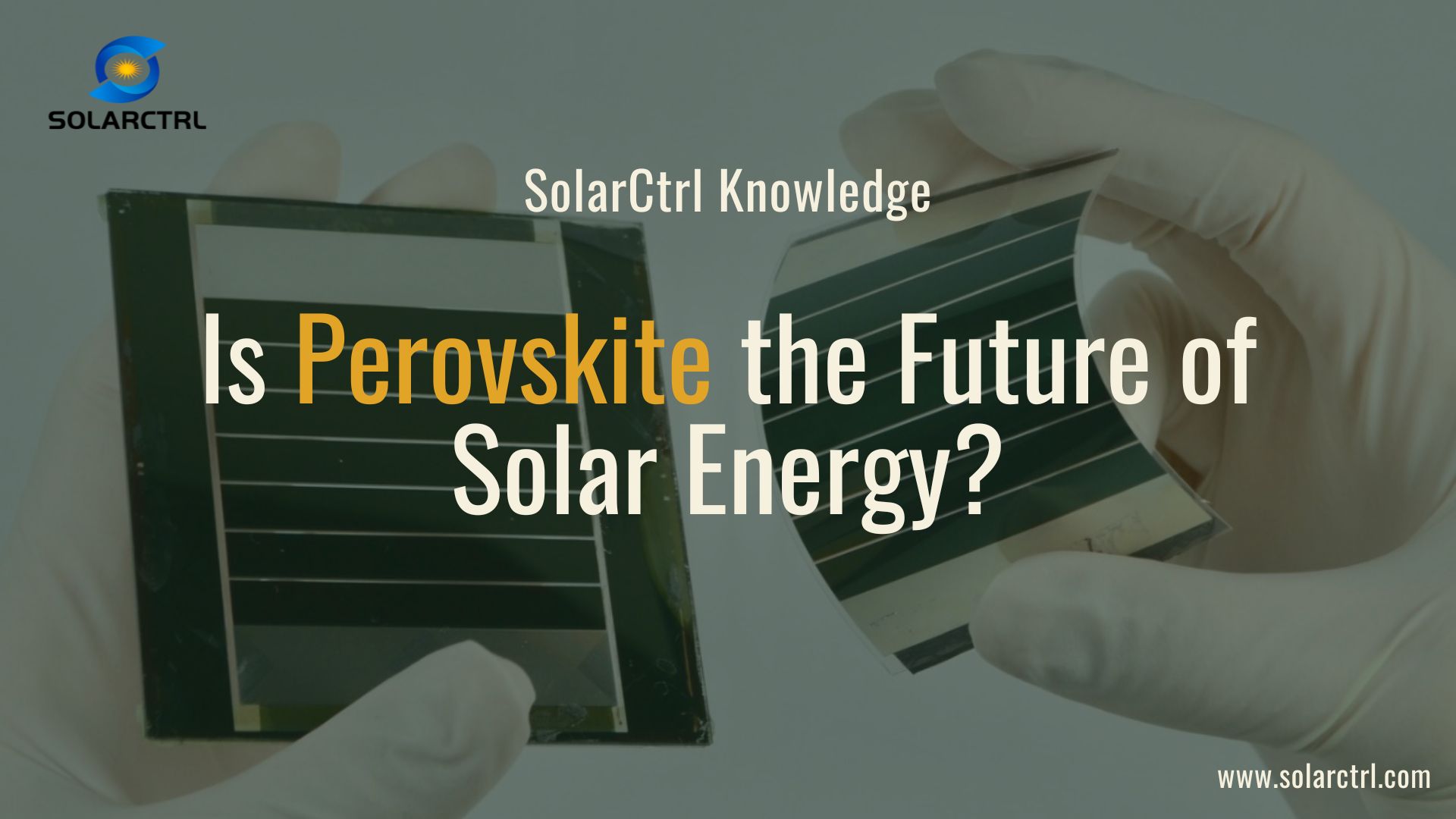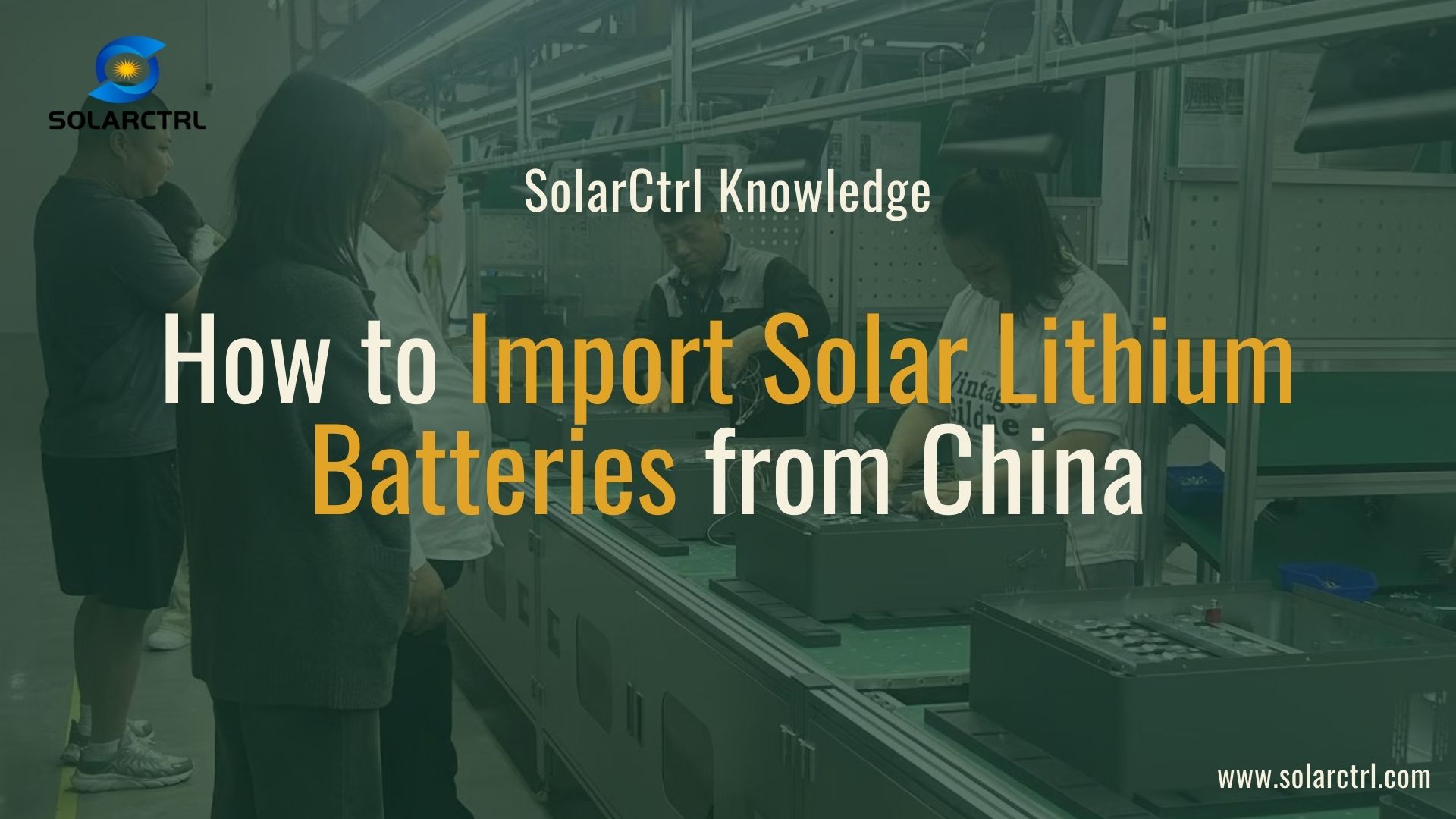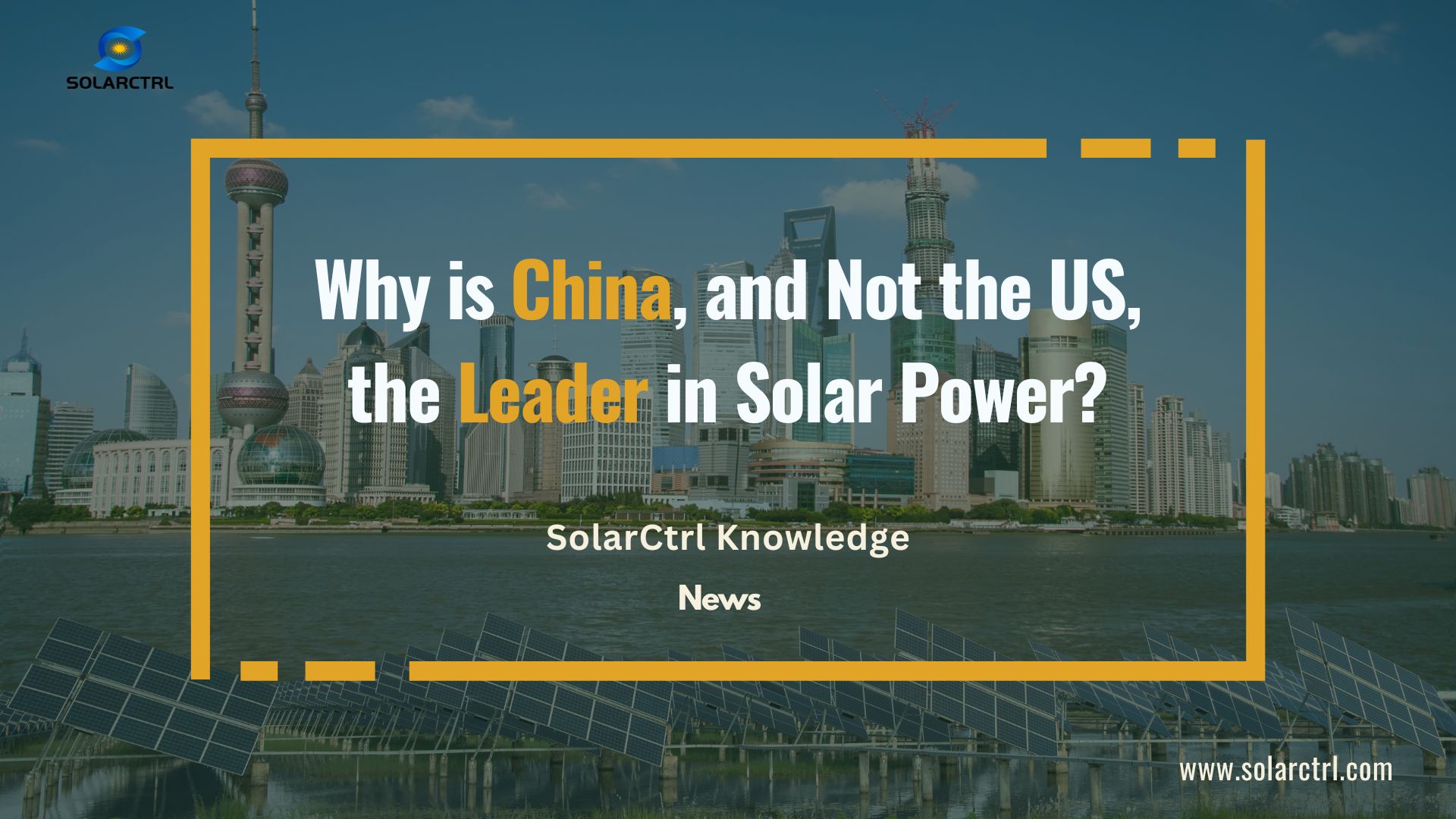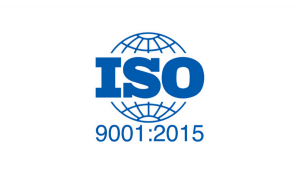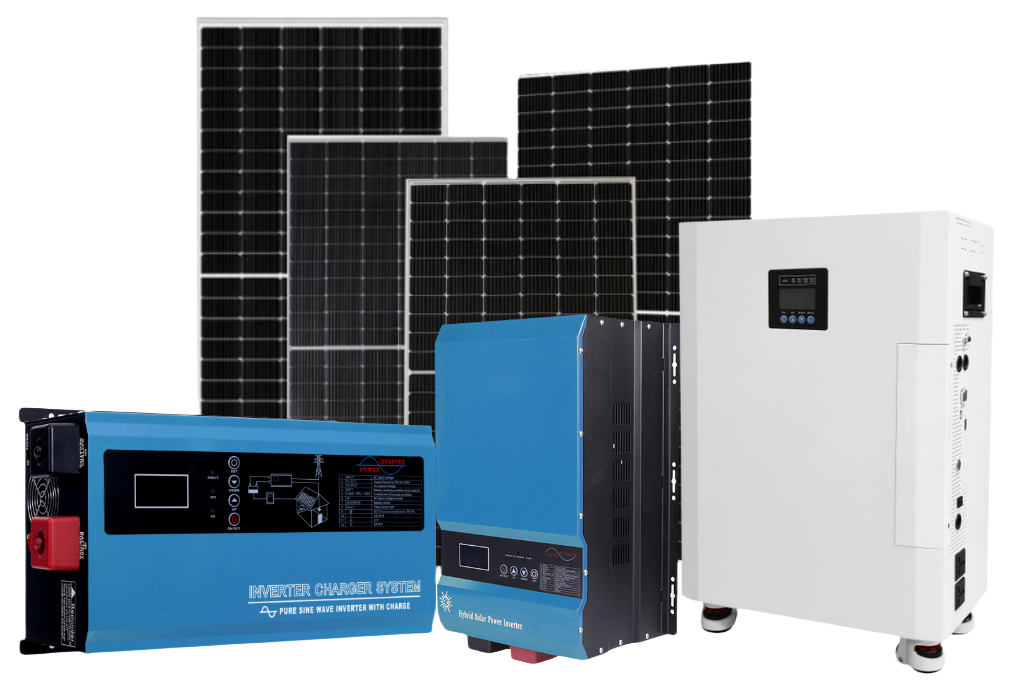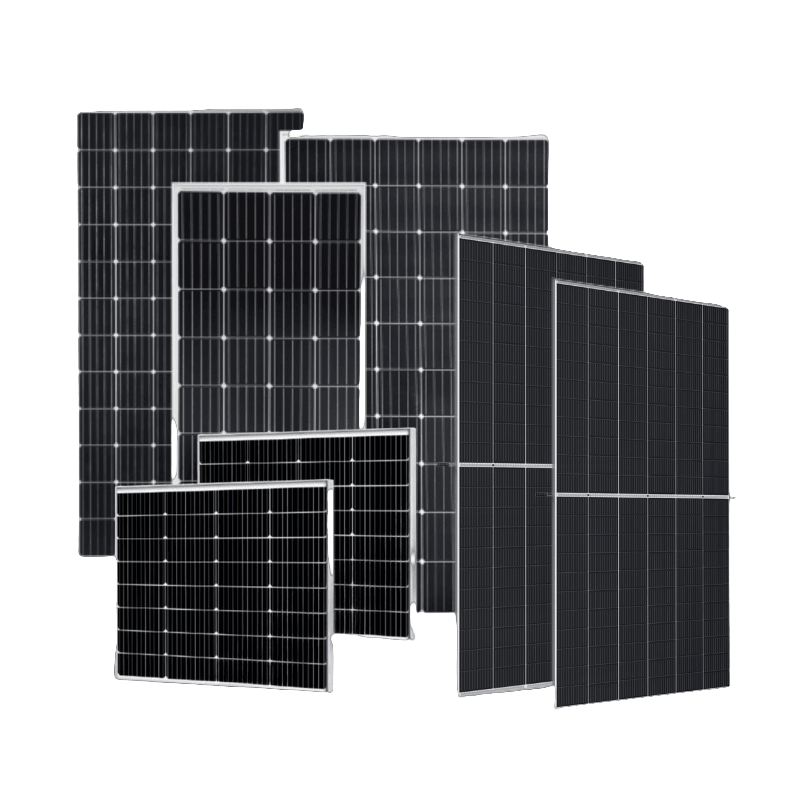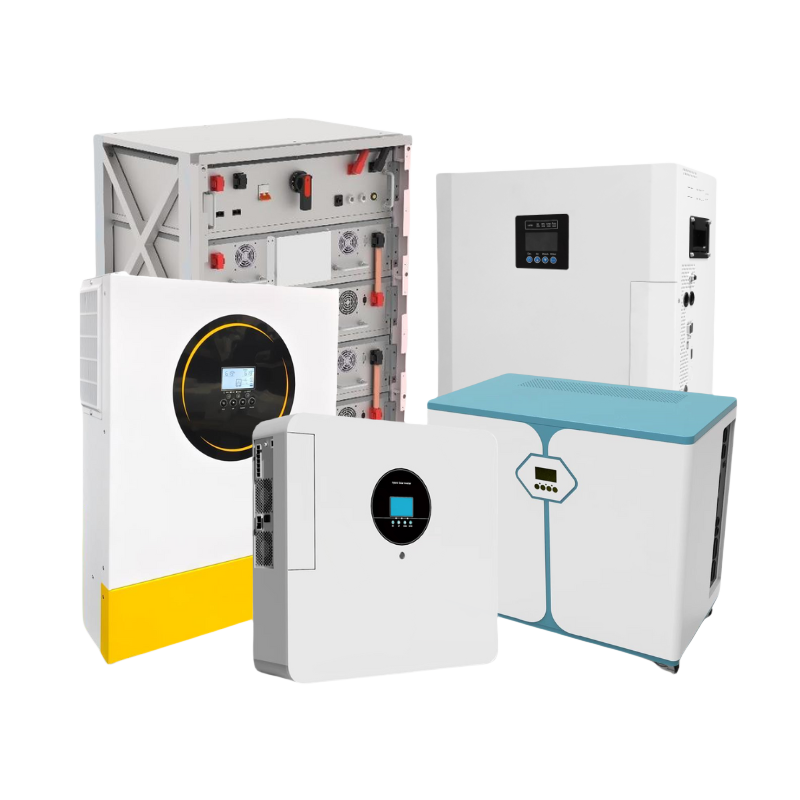Introduction
Experts in the field of photovoltaics believe that perovskite has the potential to surpass silicon as the primary material for solar cells. According to the National Renewable Energy Laboratory (NREL), perovskite cells have demonstrated rapid improvements in efficiency, reaching over 25% in laboratory settings, which is comparable to the best silicon cells.
Part 1: What is Perovskite?
Perovskite materials are named after the naturally occurring mineral perovskite, which has the chemical formula CaTiO₃. These materials share a similar crystal structure to the mineral, characterized by a unique arrangement of ions in a cubic lattice. This structure is key to their remarkable photovoltaic properties, which include excellent light absorption and efficient charge transport.
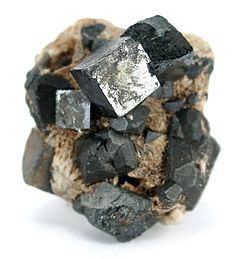
Moreover, perovskite materials can be manufactured using low-cost processes such as solution processing, which involves depositing the perovskite layer from a liquid solution. This method is significantly cheaper and more scalable than the high-temperature processing required for silicon cells. The potential for high-volume production at reduced costs, combined with the material’s impressive photovoltaic performance, positions perovskite as a groundbreaking advancement in solar technology.
Part 2: How do perovskite solar cells work?
The basic principle of perovskite solar cells is the photovoltaic effect, and the working mechanism of the device can be divided into five processes:
- Photon Absorption Process: Upon exposure to sunlight, the light-absorbing layer of the cell absorbs photons, generating electron-hole pairs bound by Coulomb force, known as excitons.
- Exciton Diffusion Process: Once formed, excitons do not remain stationary but move throughout the crystal. With a sufficiently long diffusion length, the likelihood of exciton recombination is low, allowing most excitons to diffuse to the interface.
- Exciton Dissociation Process: The exciton binding energy in perovskite materials is low, making excitons at the interface between the perovskite light-absorbing layer and the transport layer prone to dissociation under the influence of the built-in electric field. During this process, electrons transition to the excited state, entering the LUMO level, while the unbound holes remain in the HOMO level, thus becoming free charge carriers.
- Carrier Transport Process: After dissociation, the free charge carriers, including free electrons, are transported through the electron transport layer to the cathode, while free holes are transported through the hole transport layer to the anode.
- Charge Collection Process: Free electrons are collected by the cathode layer after passing through the electron transport layer, and free holes are collected by the anode layer after passing through the hole transport layer, creating a potential difference between the two poles. When the cell is connected to an external load, a closed circuit is formed, resulting in an electric current.
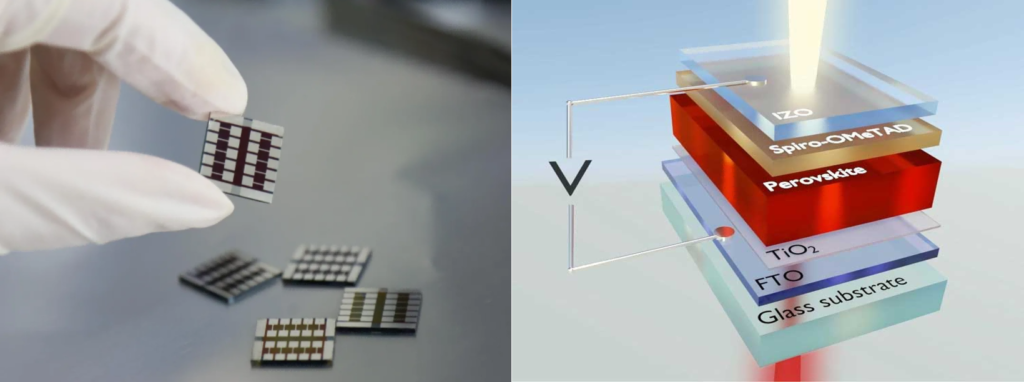
Part 3: Benefits of Perovskite Solar Cells
Perovskite solar cells boast several significant advantages that position them as a promising alternative to traditional silicon-based solar technology:
3.1 High Efficiency
Perovskite cells have demonstrated rapid efficiency improvements, achieving levels that compete with or even surpass those of established silicon cells. The International Energy Agency (IEA) highlights their swift progression in efficiency, with lab records exceeding 25%. This efficiency is attributed to perovskite materials’ exceptional light absorption and charge carrier mobility, which enable a higher rate of electricity generation from sunlight.
3.2 Cost-Effectiveness
The production process for perovskite solar cells is less costly and energy-intensive compared to silicon cells. Perovskites can be manufactured using techniques like solution processing, printing, and vapor deposition, which are scalable and conducive to mass production. These methods significantly reduce manufacturing costs, making solar energy more financially accessible.
3.3 Flexibility and Lightweight
Perovskite solar cells can be fabricated to be thin, flexible, and lightweight, unlike the rigid and heavy silicon panels. This characteristic allows for innovative applications, such as integration into flexible electronics, portable charging devices, and even clothing. Their lightweight nature also makes them ideal for installation in locations unsuitable for heavy silicon panels, like temporary structures or vehicles.
3.4 Tunable Bandgaps
Perovskites have tunable bandgaps, meaning their photovoltaic properties can be optimized for different lighting conditions by altering their chemical composition. This adaptability allows for the development of perovskite cells tailored to specific applications or environments, enhancing their performance in diverse scenarios.
3.5 Compatibility with Existing Technologies
Perovskite solar cells can be combined with silicon cells to create tandem solar cells, leveraging the strengths of both materials. This combination can result in higher efficiencies than either material can achieve alone, promising to push the boundaries of solar power conversion efficiency.
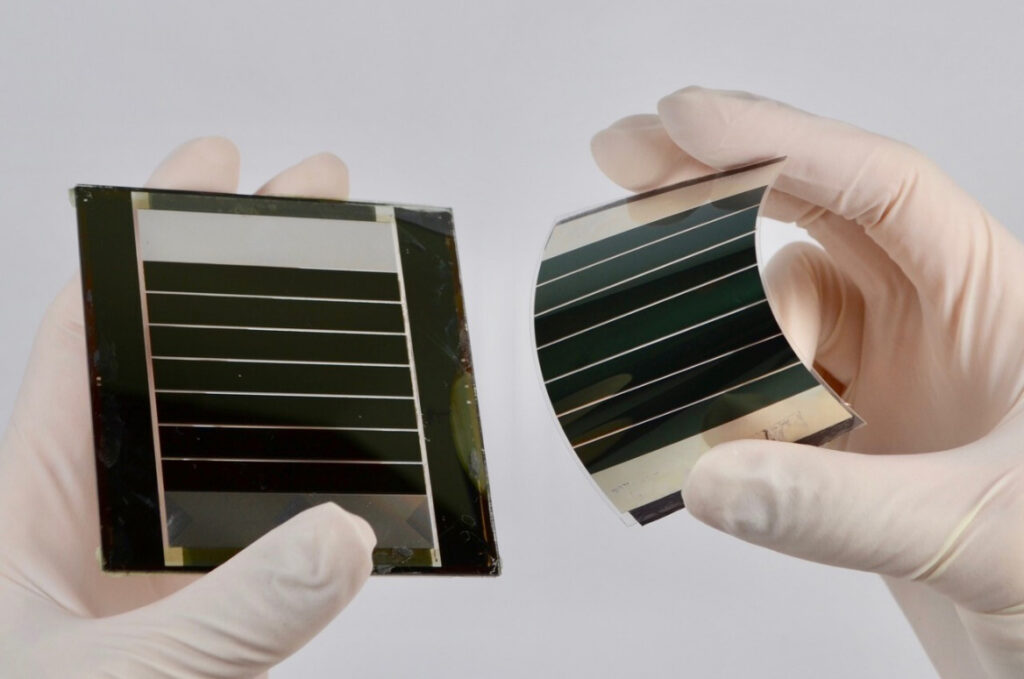
Part 4: Barriers to the Widespread Adoption of Perovskite Solar Cells
While perovskite solar cells offer significant advantages and show promising potential, there are several barriers to their widespread adoption:
4.1 Stability and Durability
One of the most significant challenges facing perovskite solar cells is their long-term stability and durability. Perovskite materials are prone to degradation when exposed to environmental factors such as moisture, oxygen, and UV light, leading to a decrease in performance over time. Achieving the same level of stability as silicon-based solar cells, which can operate efficiently for 25 years or more, is crucial for the commercial viability of perovskite technology.
4.2 Environmental and Health Concerns
Many perovskite materials contain lead, a toxic heavy metal that poses environmental and health risks if not properly managed. The potential for lead leakage from damaged or decommissioned perovskite solar panels is a significant concern. Developing lead-free perovskite materials or effective encapsulation techniques to prevent lead leakage is essential to address these environmental and health concerns.
4.3 Scalability of Production
Translating the high efficiencies achieved in laboratory settings to large-scale production without significant losses in performance is another hurdle. Scaling up manufacturing processes while maintaining the quality and stability of perovskite solar cells is challenging. Ensuring consistent production quality across larger batches and implementing quality control measures are critical for the commercialization of perovskite technology.
4.4 Economic and Market Factors
The solar energy market is highly competitive, and the introduction of a new technology like perovskite solar cells must contend with well-established silicon solar technology. Factors such as market acceptance, the cost of transitioning to new manufacturing processes, and competition with declining prices of silicon solar panels can impact the adoption of perovskite technology. Convincing investors, manufacturers, and consumers of the long-term benefits and reliability of perovskite solar cells is necessary to secure investment and market share.
4.5 Regulatory and Policy Challenges
The lack of specific regulations and standards for perovskite solar cell production and disposal can hinder their market entry. Establishing clear regulatory frameworks and industry standards is crucial to ensure the safe and responsible use of perovskite materials, particularly concerning their environmental impact and health risks.
4.6 Intellectual Property and Licensing
Navigating the intellectual property landscape can be complex, as numerous entities hold patents related to perovskite solar cell technologies. Resolving potential patent disputes and licensing issues is important for fostering collaboration and innovation in the field, as well as for commercializing perovskite technology on a large scale.
To overcome these barriers and realize the full potential of perovskite solar cells, continued research and development efforts are necessary to improve their stability, develop non-toxic materials, scale up production processes, and establish supportive regulatory and market frameworks.
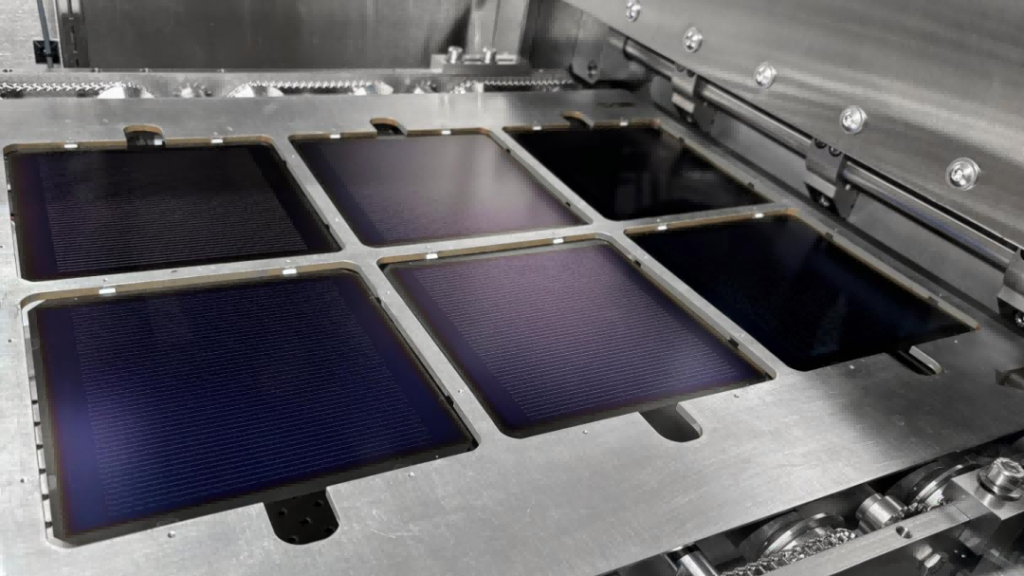
Part 5: Current Achievements and Recent Progress in Perovskite Research
Perovskite research has made remarkable strides in recent years, demonstrating significant advancements that bolster the technology’s commercial prospects. The European Commission’s Horizon 2020 program, through initiatives like PEROVSKITE-SCALE-UP, has played a crucial role in transitioning perovskite technologies from laboratory settings to potential commercial applications. Here’s a closer look at the current achievements and progress in perovskite research:
5.1 Stability Enhancement
One of the critical breakthroughs in perovskite research is the development of new material formulations and advanced encapsulation techniques that significantly improve the stability and operational longevity of perovskite solar cells. Researchers have discovered that by tweaking the composition of perovskite materials, they can make them more resistant to environmental stressors like moisture, heat, and UV radiation.
For instance, the integration of 2D perovskite layers on top of 3D perovskite structures has shown to prevent moisture penetration and ion migration, thereby enhancing stability.
Encapsulation methods, which involve sealing perovskite solar cells with protective layers, have also advanced, providing the cells with a barrier against external degradation factors, thus extending their operational life.
5.2 Lead-Free Perovskites
The development of lead-free perovskite materials is a significant leap forward in addressing the environmental and health concerns associated with lead-based perovskites. Researchers have explored alternative materials like tin-based perovskites, which show promise in matching the photovoltaic performance of their lead-containing counterparts while eliminating toxicity issues.
Reports indicate that the highest photovoltaic conversion efficiency of tin-based perovskite solar cells has surpassed 14%, with relatively superior device stability, making them a promising alternative to lead-based perovskite solar cells.
In recent years, mixed tin-lead perovskite solar cells have garnered widespread research interest in the photovoltaic field. Compared to pure tin-based perovskites, mixed tin-lead perovskites exhibit superior photovoltaic performance and stability, with the optimal efficiency of single-junction cells reaching up to 21.7%. The adjustable bandgap range of mixed tin-lead perovskites is broader, making them highly suitable for the fabrication of all-perovskite tandem solar cells.
5.3 Efficiency Improvements
Continued research has not only focused on making perovskite solar cells more stable and safe but also on enhancing their efficiency. Breakthroughs in material engineering and cell architecture have led to perovskite solar cells achieving efficiency rates of over 25%, with some laboratory tests even surpassing 30%.
In November 2023, according to the latest certification report from the NREL, the crystalline silicon-perovskite tandem cell developed independently by the Chinese photovoltaic company Longi achieved an efficiency of 33.9%, setting a new record for the efficiency of crystalline silicon-perovskite tandem cells.
This rapid improvement in efficiency, combined with cost-effective production methods, positions perovskite cells as a highly competitive technology in the solar energy market.
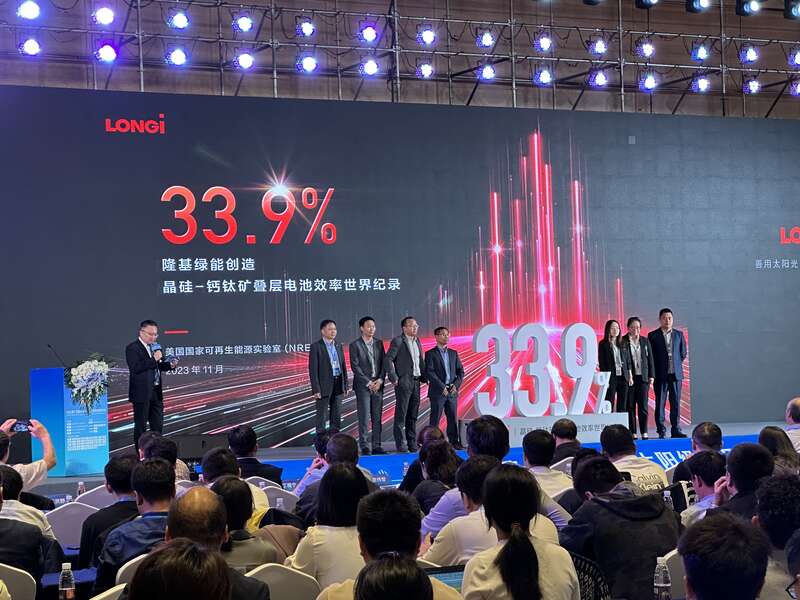
5.4 Scalability and Commercialization Efforts
Efforts to scale up perovskite solar cell production to industrial levels have gained momentum, with several pilot projects and commercial ventures underway. Innovations in printing and coating technologies have enabled the production of perovskite solar cells on larger substrates, which is a significant step towards mass production.
A UK-based company, Oxford PV, has been at the forefront of commercializing perovskite solar technology. They have developed a perovskite-silicon tandem solar cell with a record-breaking efficiency of 29.52%, verified by the National Renewable Energy Laboratory (NREL). Oxford PV is working on scaling up their technology for commercial production, with a manufacturing facility in Germany aimed at producing perovskite-on-silicon tandem cells.
Swift Solar, based in US, is developing lightweight, flexible perovskite solar panels with efficiencies over 20%. Their technology focuses on using perovskite materials that can be printed on flexible substrates, offering potential for easy integration into a variety of applications.
Saule Technologies, based in Poland, is pioneering the use of inkjet printing for the production of perovskite solar cells. They have developed flexible, lightweight perovskite solar modules and are working towards commercializing their technology for applications in the construction and electronics industries. Saule Technologies has launched pilot projects to integrate their perovskite solar cells into building materials and consumer electronics.
Part 6: The Future of Perovskite Solar Cells
The future of perovskite solar technology is promising, with potential widespread applications. The IEA forecasts that perovskite technology could significantly impact the solar market within the next decade, thanks to its cost and efficiency advantages.
6.1 Market Integration
The transition of perovskite solar cells from laboratory research to the commercial market is anticipated to accelerate as technological challenges, particularly regarding stability and environmental safety, are progressively resolved. Success in these areas will enable perovskite solar cells to be a competitive alternative to silicon, offering not only cost advantages but also superior performance in certain applications. Market integration will likely be facilitated by strategic partnerships between research institutions and industry players, leading to the establishment of production lines specifically designed for perovskite solar cells.
6.2 Hybrid Technologies
The development of hybrid technologies, especially perovskite-silicon tandem solar cells, is set to redefine the benchmarks for solar cell efficiency. These tandem cells can potentially exceed 30% efficiency, a significant leap over the current maximum for standalone silicon cells. Research is focused on optimizing the interface between perovskite and silicon layers to minimize energy losses and enhance overall cell performance. This hybrid approach could become a standard in the solar industry, providing a pathway to exceed the efficiency limitations of current photovoltaic (PV) technologies.

6.3 Innovative Applications
Perovskite solar cells are uniquely positioned to enable innovative applications beyond traditional solar power setups. Their thin, flexible nature allows for integration into a variety of materials and surfaces, paving the way for their use in building-integrated photovoltaics (BIPV). BIPV represents a significant growth area, with perovskite cells being incorporated into windows, facades, and roofing materials, thereby transforming buildings into energy-generating units without compromising architectural aesthetics.
Additionally, the lightweight and bendable properties of perovskite solar cells make them ideal for portable and wearable technology applications. They can be integrated into fabrics, electronic devices, and even vehicles, providing auxiliary power sources that extend battery life and reduce energy consumption.
6.4 Expansion into New Markets
As perovskite technology matures, its expansion into new markets is expected. Developing countries, in particular, could benefit from the adoption of perovskite solar cells, given their lower cost and the ease of installation. These cells could play a crucial role in providing affordable and sustainable energy solutions to remote and off-grid areas, significantly impacting global energy access and security.
6.5 Role in the Renewable Energy Ecosystem
Perovskite solar cells are likely to become a key component of the broader renewable energy ecosystem. Integrated with energy storage systems and smart grid technologies, perovskite solar cells can contribute to more resilient and flexible energy networks. They can facilitate the shift towards decentralized energy systems, where local power generation and consumption are balanced in a sustainable and efficient manner.
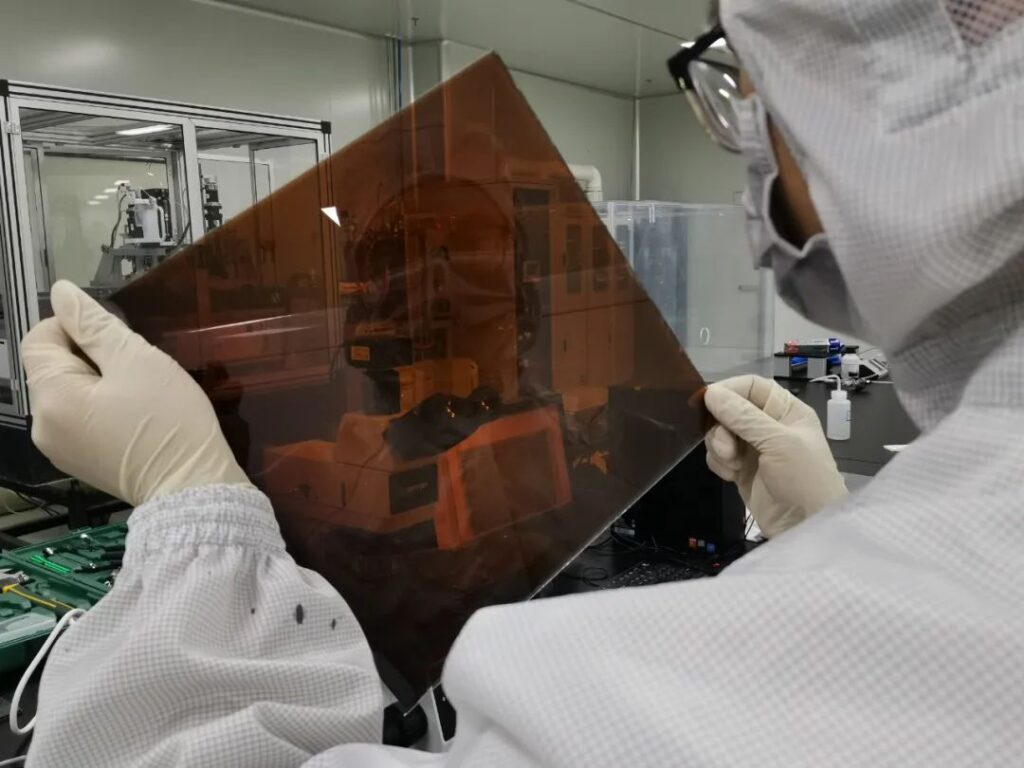
Conclusion
Perovskite solar cells are poised to revolutionize the field of photovoltaics, offering superior efficiency and cost advantages that could significantly alter the global energy landscape. Their rapid development heralds a future where solar energy is not only more prevalent but also more efficient and accessible. As the technology matures, addressing concerns such as environmental impact and long-term stability, it will become increasingly integral to sustainable energy strategies.
As a leader in solar energy industry in China, SolarCtrl has always been at the forefront of technology. We are committed to research and development and independent production, bringing high-quality products to our customers.
We invite stakeholders, researchers, and policymakers to join forces in this endeavor, leveraging the promising attributes of perovskite technology to pave the way for a greener tomorrow. Let’s act now to embrace and promote the advancements in perovskite solar cells, ensuring a brighter, sustainable future for all.

